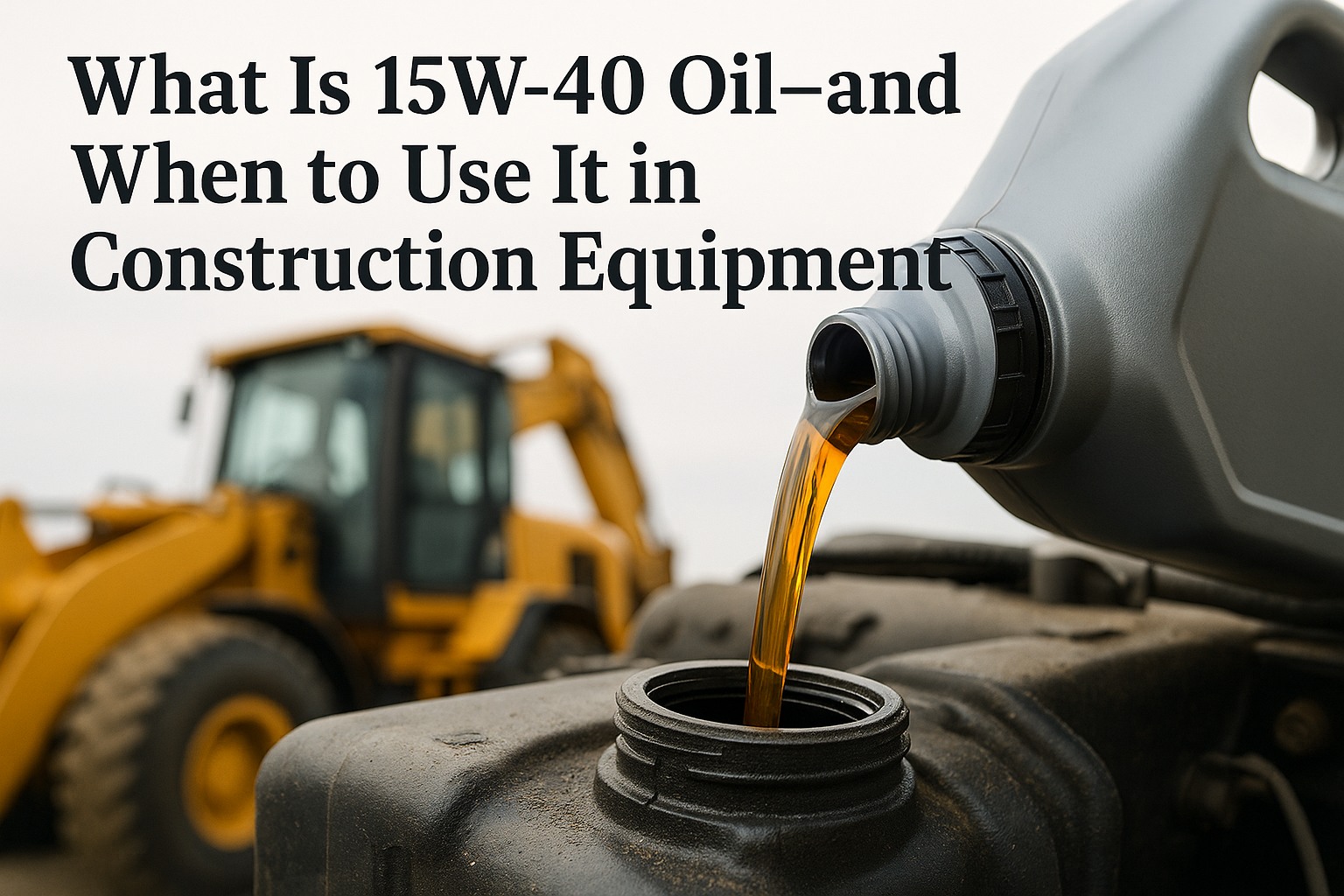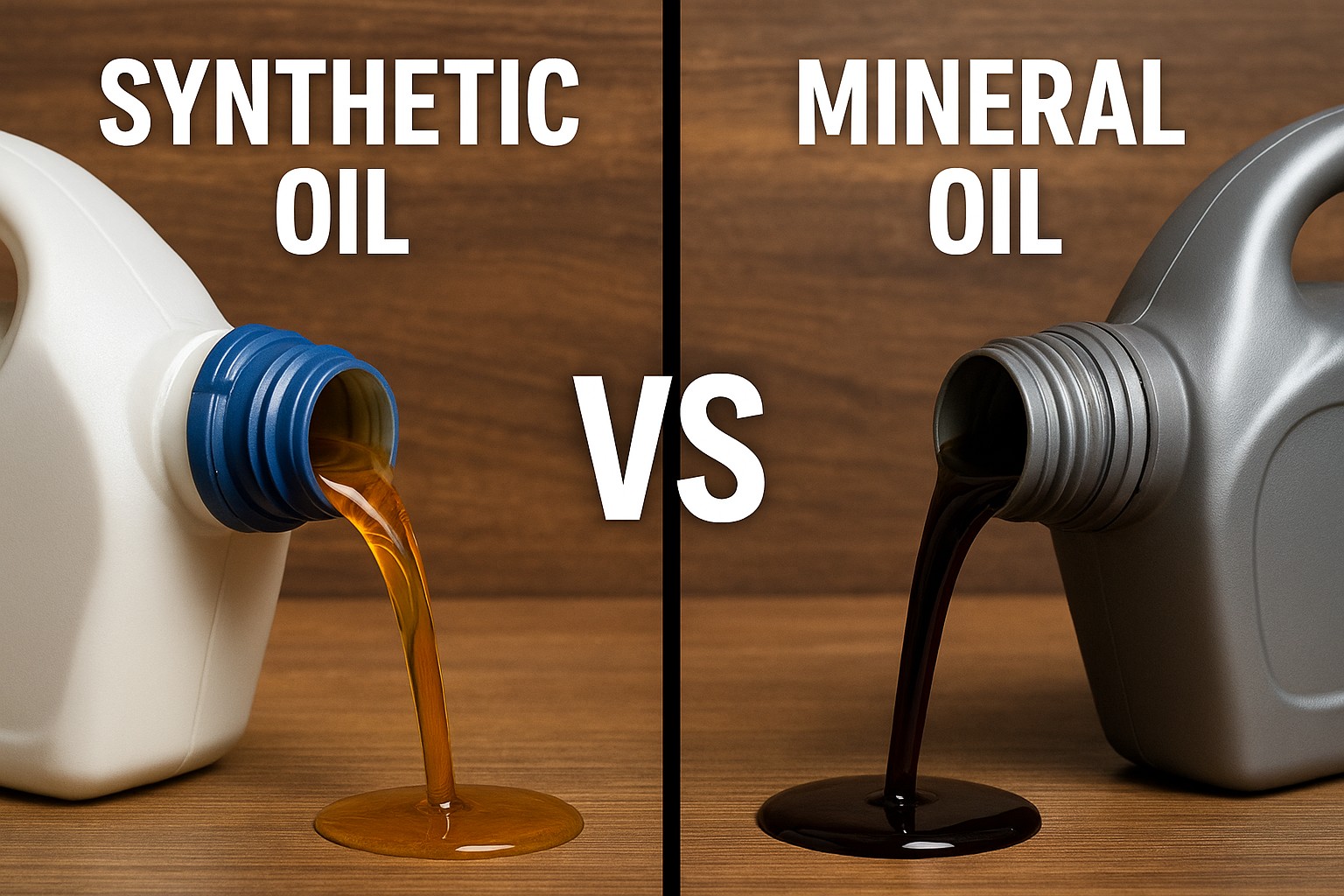Semi-synthetic oil represents one of the most debated lubricant choices for vehicle owners, with performance benefits costing an average of $15-35 more per oil change compared to conventional oil while delivering 40-60% longer protection intervals. Industry data reveals that 67% of automotive technicians recommend semi-synthetic oils for specific driving conditions, yet 45% of vehicle owners remain uncertain about the actual pros and cons of semi-synthetic oil applications. Understanding semi-synthetic oil advantages and disadvantages can reduce engine maintenance costs by 25%, extend engine life by 35%, and optimize protection performance by 50% while ensuring optimal lubrication for diverse driving conditions and vehicle types.
The Hidden Reality: Semi-Synthetic Oil Performance Trade-offs
Modern automotive lubrication depends on sophisticated oil formulations operating under extreme conditions, where even minor lubrication decisions can impact engine longevity, performance efficiency, and total ownership costs. Semi-synthetic oil evaluation complexities affect vehicle maintenance strategies, engine protection effectiveness and long-term reliability across diverse driving environments.
Cost-Performance Balance
Semi-synthetic oils cost 40-60% more than conventional oil but provide 75% longer protection intervals, creating complex cost-benefit calculations that vary significantly based on driving patterns and vehicle requirements.
Protection Limitations
While offering better protection than conventional oil, semi-synthetic formulations provide only 60-70% of full synthetic protection capabilities in extreme temperature and high-stress driving conditions.
Temperature Performance
Semi-synthetic oils demonstrate improved cold-start protection and high-temperature stability compared to conventional oil, but still experience viscosity breakdown under severe operating conditions.
Service Interval Complexity
Extended drain intervals create maintenance scheduling challenges, with optimal change frequency varying from 5,000-7,500 miles depending on driving conditions, climate, and vehicle specifications.
Seasonal Performance Variables
Semi-synthetic oils provide moderate cold-weather benefits and improved summer protection, but may require seasonal viscosity adjustments in extreme climate conditions.
Quality Inconsistencies
Semi-synthetic oil quality varies significantly between manufacturers, with blend ratios ranging from 15-30% synthetic content affecting performance consistency and protection reliability.
The Financial Impact of Semi-Synthetic Oil Decisions
Before implementing semi-synthetic oil programs, automotive maintenance operations experience significant inefficiencies that impact both vehicle performance and ownership costs:
- Frequent oil change requirements with conventional oil necessitating 3,000-mile intervals that increase annual maintenance costs by 45-65%
- Engine wear acceleration from inadequate lubrication protection reducing engine life by 25-35% in high-stress driving conditions
- Temperature-related breakdowns causing viscosity degradation that compromises engine protection during extreme operating conditions
- Maintenance scheduling complexity with varying oil change intervals creating confusion and potential engine damage from delayed service
- Performance inconsistency from oil quality variations affecting engine efficiency, fuel economy, and long-term reliability
Optimize your engine protection with professional-grade semi-synthetic oil solutions
Getting Started Book a ConsultationFoundation Elements: Comprehensive Semi-Synthetic Oil Analysis Framework
Professional semi-synthetic oil evaluation systems provide the analytical framework necessary for informed lubrication decisions, incorporating performance specifications, cost analysis, and application requirements into unified assessment protocols that optimize engine protection and maintenance efficiency.
Core Advantages and Performance Benefits
Effective semi-synthetic oil advantages deliver multiple performance benefits that balance protection effectiveness with cost optimization across diverse driving conditions and vehicle applications.
Enhanced Engine Protection
Superior lubrication compared to conventional oil with improved additive packages providing better wear protection, deposit prevention, and viscosity stability under normal driving conditions.
Extended Service Intervals
Longer drain intervals ranging from 5,000-7,500 miles reducing maintenance frequency and associated labor costs while maintaining adequate engine protection levels.
Temperature Performance
Improved cold-start protection and high-temperature stability compared to conventional oil, providing better year-round performance in moderate climate conditions.
Cost-Effectiveness Balance
Moderate price premium over conventional oil with extended service life creating favorable cost-per-mile economics for average driving conditions and maintenance budgets.
Critical Disadvantages and Performance Limitations
Semi-synthetic oil limitations create specific challenges that require careful consideration in lubrication selection decisions, particularly for high-performance applications and extreme operating conditions.
Limited Extreme Performance
Reduced protection compared to full synthetic oils in high-stress conditions including racing, towing, extreme temperatures, and stop-and-go city driving environments.
Quality Variability
Inconsistent synthetic content ratios between manufacturers creating performance variations that may not meet specific engine requirements or warranty specifications.
Service Interval Confusion
Variable recommended change intervals creating maintenance scheduling uncertainty and potential for premature oil degradation or unnecessary early changes.
Compatibility Considerations
Potential seal compatibility issues in older vehicles and specific applications where conventional or full synthetic oils may provide better long-term reliability.
Advanced Performance Analysis and Selection Criteria
Scientific Testing and Quality Assessment
Modern semi-synthetic oil evaluation incorporates laboratory testing, field performance analysis, and real-world application data to provide comprehensive quality assessment and performance validation across diverse automotive applications.
Viscosity Stability Testing
Laboratory analysis measuring oil viscosity retention under temperature stress, oxidation resistance, and shear stability to validate protection performance claims.
Wear Protection Analysis
Engine simulation testing evaluating bearing protection, valve train lubrication, and cylinder wall preservation under various load and speed conditions.
Additive Package Evaluation
Chemical analysis assessing detergent levels, anti-wear compounds, antioxidants, and corrosion inhibitors that determine long-term protection effectiveness.
Real-World Performance Validation
Fleet testing programs monitoring actual vehicle performance, maintenance intervals, and engine condition over extended service periods to verify laboratory results.
Implementation Strategy and Selection Methodology
Vehicle-Specific Application Guidelines
Successful semi-synthetic oil implementation requires systematic evaluation approaches that consider vehicle specifications, driving conditions, and maintenance objectives to optimize lubrication performance and cost-effectiveness.
Phase 1: Vehicle Assessment
Comprehensive evaluation including engine age, mileage, manufacturer recommendations, warranty requirements, and current maintenance history to determine semi-synthetic suitability.
Phase 2: Driving Condition Analysis
Operating environment assessment covering climate conditions, driving patterns, load factors, and service requirements that influence optimal oil selection decisions.
Phase 3: Cost-Benefit Calculation
Financial analysis comparing semi-synthetic costs against conventional and full synthetic alternatives including purchase price, service intervals, and long-term protection value.
Phase 4: Implementation Planning
Service schedule development, oil brand selection, monitoring protocols, and performance evaluation systems to ensure optimal results from semi-synthetic oil usage.
Brand Selection and Quality Verification
Semi-synthetic oil quality varies significantly between manufacturers, requiring careful brand evaluation and quality verification to ensure consistent performance and reliable engine protection.
API Certification Verification
Confirming American Petroleum Institute certification levels including API SP, SN Plus, and ILSAC GF-6 standards that ensure minimum performance requirements.
Manufacturer Approval Validation
Checking specific vehicle manufacturer approvals including GM dexos, Ford WSS-M2C, and Chrysler MS specifications that guarantee compatibility and warranty protection.
Synthetic Content Assessment
Evaluating actual synthetic base oil percentages and additive package quality that determine protection performance and service life capabilities.
Performance Testing Results
Reviewing independent laboratory testing data and field performance reports that validate manufacturer claims and real-world protection effectiveness.
Maximize your semi-synthetic oil investment with expert selection guidance
Getting Started Book a ConsultationPerformance Monitoring and Optimization Strategies
Service Interval Optimization and Monitoring
Semi-synthetic oil performance monitoring enables data-driven maintenance decisions that optimize service intervals, maximize protection effectiveness, and reduce total lubrication costs through systematic tracking and analysis.
Oil Analysis Programs
Laboratory testing services providing detailed oil condition reports including viscosity retention, contamination levels, and remaining additive protection capacity.
Engine Performance Monitoring
Systematic tracking of fuel economy, power output, and operational efficiency indicators that reveal semi-synthetic oil effectiveness and optimization opportunities.
Maintenance Schedule Optimization
Data-driven service interval adjustments based on actual oil condition, driving patterns, and vehicle performance to maximize protection while minimizing costs.
Cost-Performance Analysis
Comprehensive tracking of lubrication expenses, service frequency, and engine condition to validate semi-synthetic oil value and identify improvement opportunities.
Economic Analysis and Total Cost of Ownership
Comprehensive Financial Impact Assessment
Semi-synthetic oil economics extend beyond purchase price to encompass service intervals, engine protection, and long-term reliability factors that determine true cost-effectiveness and value optimization.
Long-Term Value and Performance Benefits
Comprehensive semi-synthetic oil analysis reveals multiple value streams that extend beyond immediate maintenance savings to encompass engine longevity, performance optimization, and total ownership cost reduction.
- Extended engine life through improved lubrication protection resulting in 25-35% longer service before major repairs or replacement
- Enhanced fuel economy from reduced friction and improved engine efficiency providing 3-5% better mileage over conventional oil
- Reduced maintenance frequency with 40-60% longer service intervals decreasing annual service costs and scheduling complexity
- Improved engine performance through better temperature stability and cleaner internal components enhancing power and reliability
- Better resale value from documented premium maintenance practices and improved engine condition supporting higher trade-in values
Regulatory Compliance and Warranty Protection
Automotive warranty requirements make semi-synthetic oil selection critical for maintaining manufacturer coverage, with API certifications, viscosity specifications, and service documentation requirements that affect warranty validity and protection claims.
Manufacturer Warranty Compliance
Meeting specific oil requirements and service intervals mandated by vehicle manufacturers to maintain warranty coverage and avoid potential claim denials worth thousands of dollars.
API Certification Standards
Ensuring semi-synthetic oils meet current API standards including SP, SN Plus, and ILSAC GF-6 requirements that guarantee minimum performance and protection levels.
Environmental Regulations
Complying with environmental disposal requirements and supporting sustainability objectives through longer service intervals that reduce waste oil generation.
Documentation Requirements
Maintaining proper service records and oil specification documentation that protect warranty coverage and support potential warranty claims or disputes.
Future Technology and Innovation Trends
The semi-synthetic oil landscape continues evolving with advancing additive technologies, improved base oil refining, and enhanced performance formulations that promise superior protection and extended service capabilities.
Advanced Additive Packages
Next-generation additive technologies providing enhanced wear protection, improved oxidation resistance, and extended service life capabilities approaching full synthetic performance levels.
Bio-Based Synthetic Components
Renewable synthetic base oils derived from plant materials offering environmental benefits while maintaining or improving lubrication performance and protection capabilities.
Smart Oil Technologies
Intelligent formulations with condition-responsive additives that adapt protection levels based on operating conditions and provide real-time performance optimization.
Extended Drain Intervals
Enhanced semi-synthetic formulations targeting 10,000+ mile service intervals while maintaining adequate protection for normal driving conditions and warranty requirements.
Frequently Asked Questions
Ready to optimize your vehicle's lubrication with the right semi-synthetic oil selection?
Getting Started Book a Consultation



